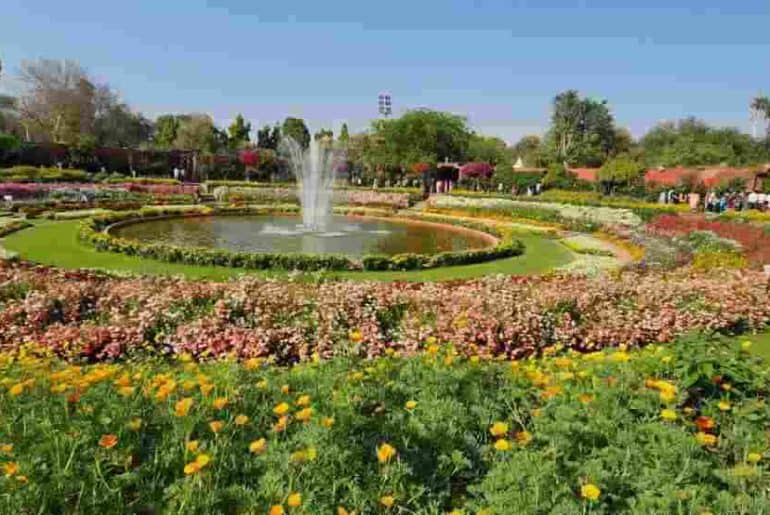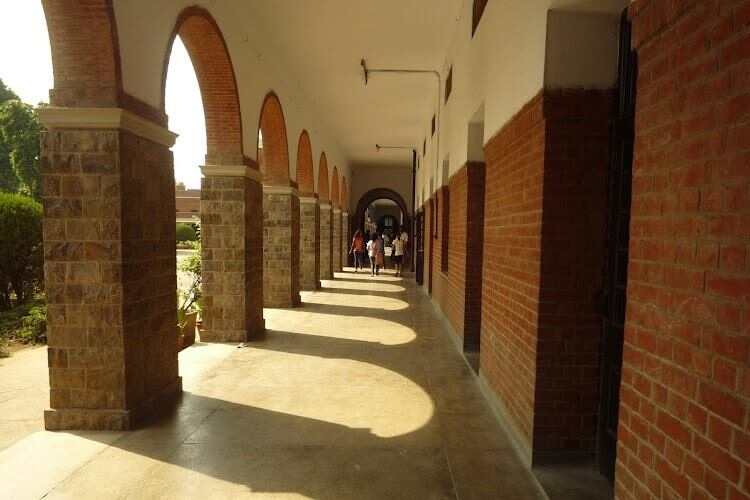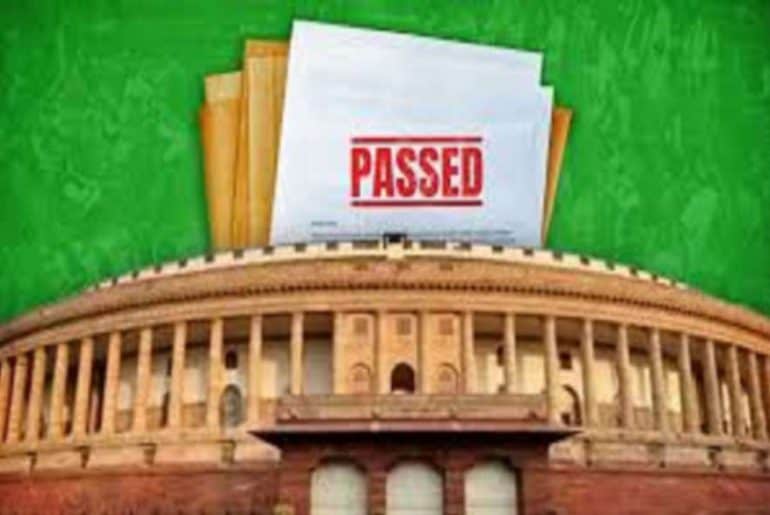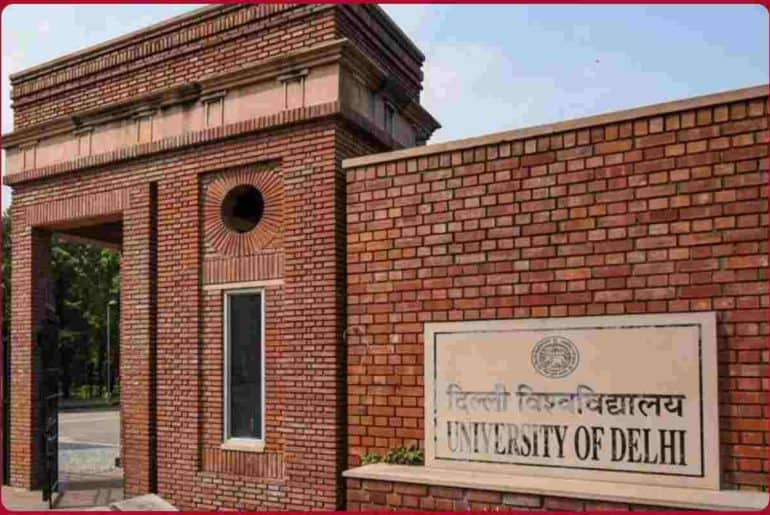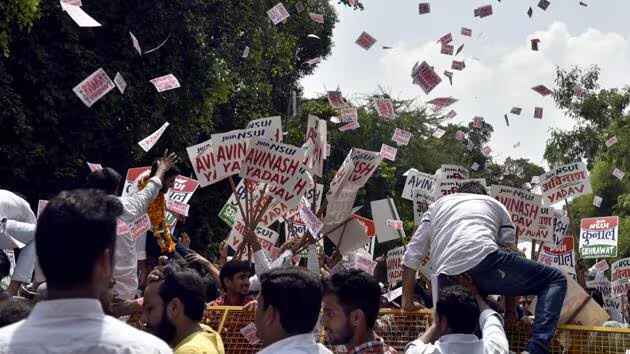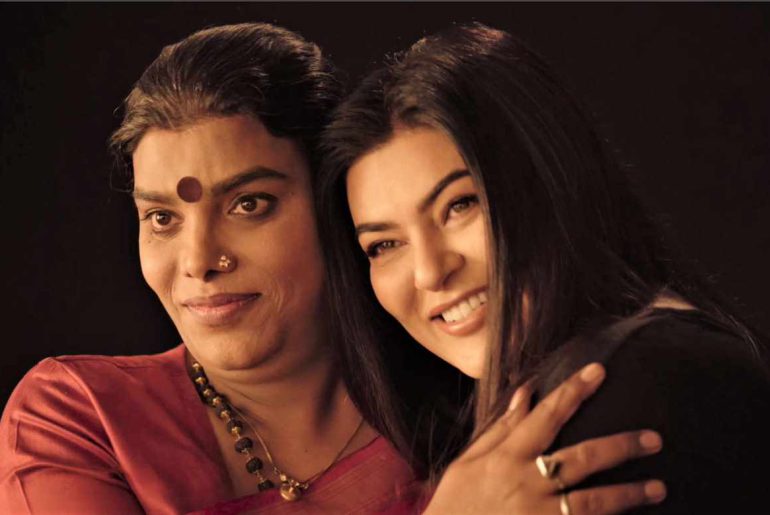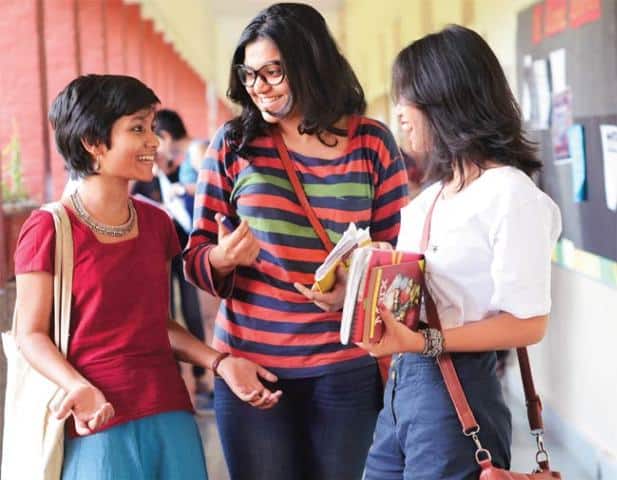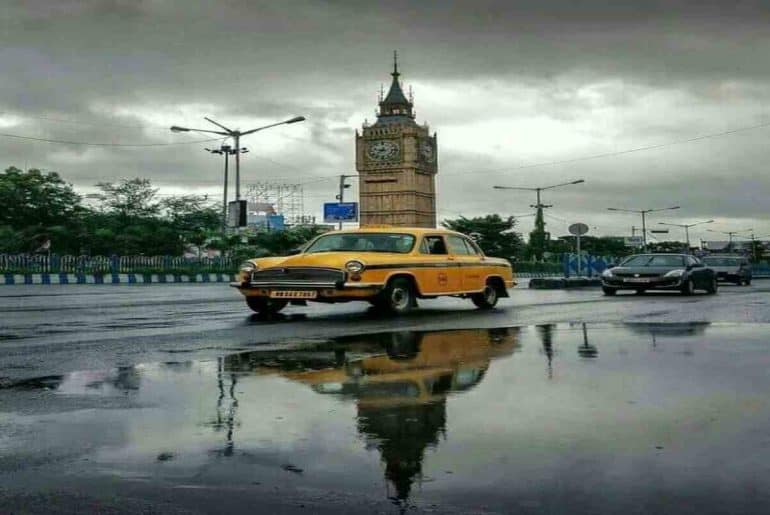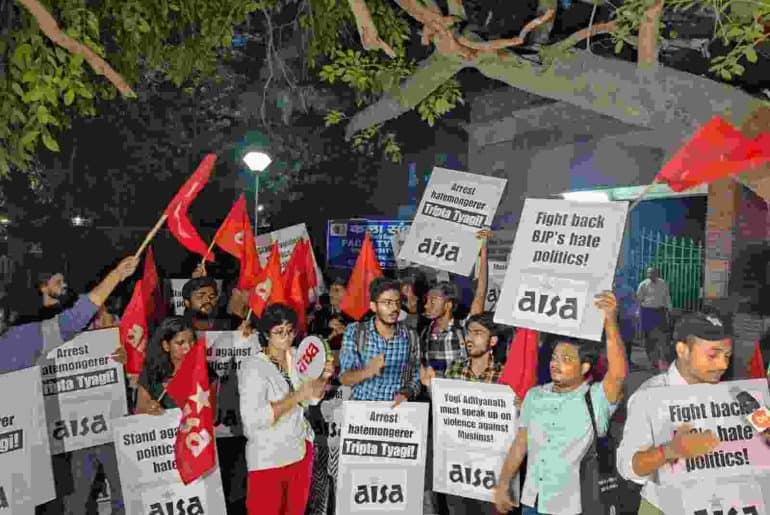Key bills were passed in the parliament and postponed to the winter session amid turmoil, disagreements, outrage regarding Manipur violence, walkouts, a failed no-confidence motion, and a flying kiss controversy. While numerous controversial bills have been approved or introduced under the banner of “decolonizing India’s judiciary,” many political analysts argue that these bills are nothing more than a means of gaining influence over the legislature and the law.
The Monsoon session of Parliament, which began on July 20, 2023, ended on August 11, 2023, amid chaos, debates, outrage over Manipur violence, and drama over a no-confidence motion. This monsoon session had the largest number of bills passed yet the lowest amount of productive hours. 14 of the 23 bills passed this session were approved in 22 hours of discussion. With certain bills adopted minutes into discussion, the legitimacy and democratic significance of the two houses come into doubt.
According to PRS Legislative Research, despite the fact that parliament only met for half of its designated period, this session had a high level of legislative activity. 56% of the bills introduced in the session were passed by both houses. During the session, the Lok Sabha functioned for 43% of its scheduled time, while the Rajya Sabha functioned for 55%. Here is a tabular representation of a few bills passed in the session as per the report by PRS Legislative Research:
| Bills passed |
Lok Sabha |
Rajya Sabha |
| Time spent on discussion |
Members participated |
Time spent on discussion |
Members participated |
| The Government of National Capital Territory of Delhi(Amendment) Bill, 2023 |
4 hrs 54 mins |
26 |
8 hrs 3 mins |
32 |
| The Digital Personal Data Protection Bill, 2023 |
56 mins |
8 |
1 hr 9 mins |
6 |
| The Forest(Conservation) Amendment Bill, 2023 |
38 mins |
4 |
1 hr 41 mins |
11 |
| The Mines and Minerals(Development and Regulation) Amendment Bill, 2023 |
19 mins |
2 |
1 hr 34 mins |
11 |
| The Central Goods and Service Tax(Amendment) Bill, 2023 |
2 mins |
0 |
3 mins |
0 |
| The Integrated Goods and Services Tax(Amendment) Bill, 2023 |
2 mins |
0 |
3 mins |
0 |
Here is a detailed analysis of some of the most controversial bills:
The Government of the National Capital Territory of Delhi (Amendment) Bill, 2023: On May 11, 2023, the Supreme Court ruled in favour of the Delhi government in Delhi Government vs. Centre, granting it power over most services in the capital city, excluding public order, land, and police problems. According to the Supreme Court, Article 239A establishes a legislative assembly for the National Capital Territory of Delhi. The Delhi electorate chooses the members of the legislative assembly. Art. 239A must be interpreted in order to further representative democracy.
If a democratically elected government is not given the power to control the officers, the principle of the triple chain of accountability will be redundant.”
– CJI DY Chandrachud
However, on May 19, the centre issued an ordinance to overturn the decision of the Supreme Court. To replace the ordinance, the Delhi Service Bill was introduced. The law gives the Central Government the authority to create regulations governing the affairs of the Delhi Government, including the functions, terms, and other conditions of service of officials and employees. The new measure also creates the National Capital Civil Services Authority (NCCSA), which would make recommendations to the LG on transfers, postings, and disciplinary issues. The bill also grants the LG (indirectly the central government) vast powers over the calling, promulgation, and dissolution of the Delhi Legislative Assembly, as well as the appointment of the Chief Minister and other ministries.
The bill was approved by both houses of parliament. After the bill was passed in the Lok Sabha, the opposition walked out. The opposition questioned the prime minister’s vow to grant Delhi full autonomy.
Repeatedly, the BJP has promised that it will give full statehood to Delhi. In 2014, Modi himself said that upon becoming Prime Minister, he would give full statehood to Delhi. But today, these people stabbed the people of Delhi in the back. Don’t believe anything about Modi ji from now on.”
– Arvind Kejriwal tweeted
Bharatiya Nyaya Sanhita, Bharatiya Nagarik Suraksha Sanhita, and the Bharatiya Sakshya Bill, 2023: On August 11, the Home Minister, Amit Shah, proposed three bills to replace the Indian Penal Code (IPC), the Criminal Procedure Code (CrPc), and the Evidence Act. These bills were proposed as part of an effort to decolonize the Indian judiciary.
As many as 313 changes have been proposed in the three criminal laws, and the objective is to ensure that people who approach the courts get justice within three years. The laws that are being replaced were essentially aimed at safeguarding the continuation of the British administration, and their objective was to punish, not deliver justice. The new laws will safeguard constitutional rights and deliver justice. These laws will be imbibed with the Indian soul.”
– Amit Shah, Home Minister
The three bills were sent to the standing committee, which is instructed to deliver a report before the winter session begins. The administration intends to enact and execute these bills before the end of the year. The full evaluation of these three bills paints a quite different picture from the one painted by the home minister in the house. The Indian Express writes:
There is a disjunct between the manner in which these bills are being presented and their actual content. They are far from being an overhaul that will be the panacea for issues that plague India’s criminal justice system. Large parts of these three bills simply reproduce existing provisions of the Indian Penal Code, the Criminal Procedure Code, and the Indian Evidence Act.”
The lack of public participation, the complete repeal and revocation of certain sections, and the introduction of such comprehensive changes in a relatively short period of time are some of the major practical concerns about the sudden replacement of the legal system, which can lead to disruption in the legal system. According to political analysts, these bills represent an indirect legalisation of the regime’s violations of human rights. Here is a tabular depiction of some sections of the bills and their relationship to the ruling party’s current demonstration of human rights violations.
| Extension of Detention Period |
Extension of the detention period without any charges from the current duration to 90 days |
Many news reports and declarations by human rights organisations expressed concern over the unlawful arrest and incarceration of many anti-CAA activists during the Delhi Riots of 2020. Various court statements addressed this serious issue. “These defenders, many of them students, appear to have been arrested simply because they exercised their right to denounce and protest against the CAA (Citizenship Amendment Act), and their arrest seems clearly designed to send a chilling message to India’s vibrant civil society that criticism of government policies will not be tolerated.” : UN Experts |
| Discretionary Powers for Law Enforcement |
Discretionary powers, such as the ‘right to handcuff,’ to law enforcement officers raise ethical and practical concerns. |
According to The Swaddle’s 2022 report, at least 4484 people died in police custody in the last two years. From the attack on Jamia Millia Islamia students in Delhi to the use of pellet guns and smoke bombs on farmers, India has seen an increase in police violence. The new law gives police authority rather than control, raising fears about police violence and reducing the legal ability to demand accountability. |
| Gendered Provisions |
New Rape law applies specifically to women |
This law not only advocates heteronormativity but also toxic masculinity and makes it more difficult for male victims of sexual assault to come forward and report their abuse. The transgender population is one of the most vulnerable to such laws. The government’s queerphobic behaviour and implementation of the trans bill in 2019, despite enormous community protests, raises a larger concern about governments’ stance on trans issues. |
| Impact on minority rights |
Provisions on “Love Jihad” |
Several international and national human rights organisations have questioned the Love Jihad law and how it is being used against Muslims. With examples of Hindu vigilantes collaborating with police and mob lynchings of Muslims under the name of love jihad on the rise. Providing full legal status raises serious concerns about the safety of minorities in the country. |
Chief Election Commissioner and Other Election Commissioners (Appointment, Conditions of Service, and Term of Office) Bill, 2023: On August 10, 2023, the BJP government introduced this bill in the Rajya Sabha in an effort to alter the current method of appointment of election commission officers. This bill will take power away from the CJI and give the ruling party enormous influence in appointing the EC. The Wire reports:
Section 7 of this new Bill seeks to set up a selection committee headed by the prime minister, which will have one Union minister, nominated by the prime minister, and the Leader of the Opposition (LoP) as its members. Neither the Chief Justice of India nor any eminent jurist will find a place on this committee. This means that the chief election commissioner (CEC) and other election commissioners (ECs) would be selected by the political executive belonging to the ruling party, with the LoP either ignored or overruled. What kind of ‘neutrality and independence’ can be expected from such appointees?”
This bill will give the ruling party enormous authority over the Election Commission, raising concerns about the transparency and credibility of the world’s largest democratic elections.
Some of the other bills include:
- Forest Conservation(Amendment) Bill, 2023 which allows non-forest activities on forest lands and permits clearance of forest within 100kms of national border.
- Digital Personal Data Protection Bill, 2023 which will hold accountable private entities that are in the business of leveraging people’s data in order to further their agenda or make profit, though it also provides leeway for the government to work its way out despite large-scale surveillance.
- The Mines and Minerals(Development and Regulation) Amendment Bill, 2023 allows the private sector to mine 6 out of 12 atomic minerals. It also empowers the central government to exclusively auction mining leases and composite licences for certain critical minerals.
Many other bills were introduced and passed, including the Cinematography (Amendment) Bill, Pharmacy (Amendment) Bill, Constitution (Scheduled Castes) Order (Amendment) Bill, and others. To read a detailed overview of all bills passed, here is the detailed article by IndiaToday.
Every year, multiple bills are passed, introduced, and rejected throughout the three sessions of parliament. The most crucial aspect, however, is the procedure through which bills are passed. With more bills approved in such a short period of time, without enough debate, question rounds, proper involvement of the opposition, or ignoring questions by taking advantage of other issues, the legitimacy of legislative or judicial reforms comes into doubt. With the declining state of democracy and the regime’s increasing attacks on minorities through a translucent lens, the introduction of new bills raises the question of whether these bills are introduced to bring reform or fill gaps in the existing system, or are simply a way to gain control over the major democratic bodies with power, a path towards fascism in India?
Feature Image Credits: Newslaundry
Read Also: Is the Judiciary Really Independent in India?
Dhruv Bhati
[email protected]

